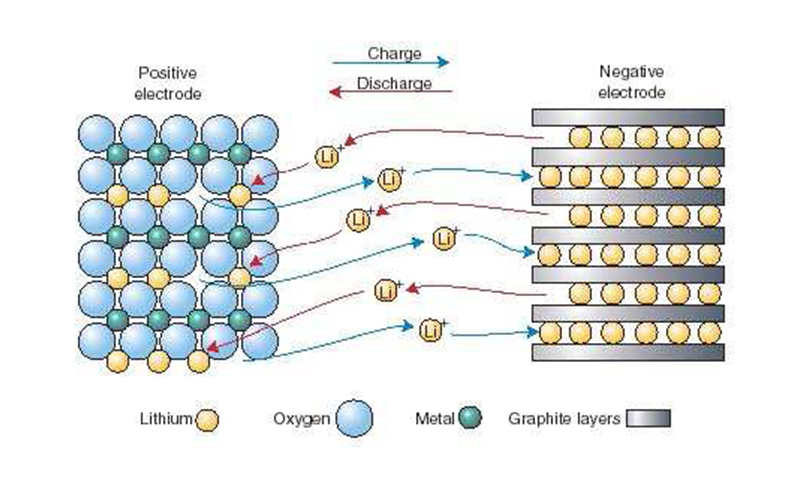Categories
- Our Blog (54)
- Our Projects (61)
- FAQ (6)
In the battery industry, LiFePO4 batteries and lead-acid batteries are two different types of batteries, which are often compared. Here we will explain the difference between the two in several aspects:

Energy density of battery is generally divided into weight energy density and volume energy density:
In this regard, LiFePO4 batteries have an absolute advantage in terms of portability and energy storage.

Usually, the cycle life of lead-acid batteries is about 300~500 times. The cycle life of LiFePO4 battery is generally more than 2000 times, and some can reach 3000~4000 times. This shows that the cycle life of LiFePO4 battery is about 4~8 times that of lead-acid battery.
In terms of price alone, lead-acid batteries are cheaper than LiFePO4 batteries, which is about three times the price of lead-acid batteries. However, by cycle life, capacity decay, and other aspects of analysis, the same cost of LiFePO4 battery use time longer. In the long run, the cost savings are huge. Compared with lead-acid batteries, LiFePO4 batteries perform better and last longer. This means less replacement and labor costs, and less downtime.
The performance benefits of advanced lithium technology versus traditional lead-acid batteries are shown in the chart below:
| COMPARISON OF LEAD-ACID AND LiFePO4 | ||||||
| CHARACTERISTIC | FLA | AGM | GEL | LYTH LiFePO4 | BENEFIT OF LiFePO4 | |
| Voltage | 12V(2V per cell) | 12V(2V per cell) | 12V(2V per cell) | 12.8V(3.2V per cell) | More Power | |
| Life Cycles @ 80% DOD | 500 | 400 | 1000 | 7100(to 70% remaining capacity) | Longer Life | |
| Life Cycles @ 50% DOD | 900 | 800 | 1400 | 13000(to 70% remaining capacity) | 6-10X More | |
| Weight | 30kg(66.1 lbs) | 32.7 kg(72.1 lbs) | 32kg (70 lbs) | 13.5kg(30 lbs) | <1/2 the Weight | |
| Capacity @ 27℃ | C20 | 130Ah | 115Ah | 102Ah | 100Ah | Constant Power and |
| C5 | 105Ah | 91Ah | 85Ah | 100Ah | Energy at any Rate | |
| C1 | 74Ah | 62Ah | 70Ah | 100Ah | of Discharge | |
| Capacity @ 0℃ | 50% | 68% | 68% | 90% | Superior cold temp | |
| performance | ||||||
| Charge Time | 6-12 hours | 6-12 hours | 6-12 hours | 1-3 hours | 4-6x Faster | |
| Maintenance | HIGH | LOW | LOW | NONE | No Maintenance | |
| Real Cost per cycle @80% DOD | $0.67 | $0.92 | $0.57 | $0.31 | Cost over life | |
Environmentally, lead and sulfuric acid are extremely harmful to environmental pollution. Lead will be harmful to the environment, lead can be spread through the air, traditional battery manufacturers are not allowed to live within 10 kilometers, battery manufacturers pollute the environment through wastewater discharge.
LiFePO4 battery, on the other hand, is an environmentally friendly and harmless new energy battery. The use of are non-toxic, non-polluting materials made of. The main internal raw materials phosphorus and iron or the main component of plant fertilizer, the use of lithium iron phosphate batteries can make the car exhaust CO, HC, CO2, O2 value reduced by 25%-30%, environmentally friendly and pollution-free in line with the European ROHS regulations.
Luoyang Tianhuan energy technology Co., LTD
website:www.lythbattery.com
E-mail:info@lythbattery.com